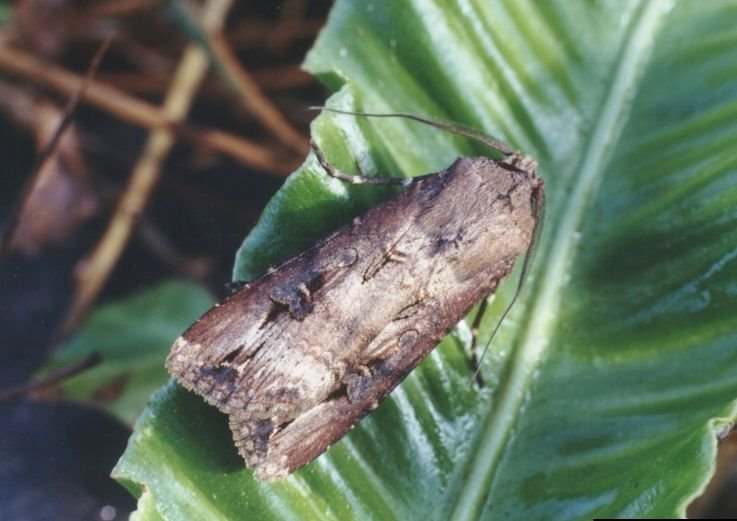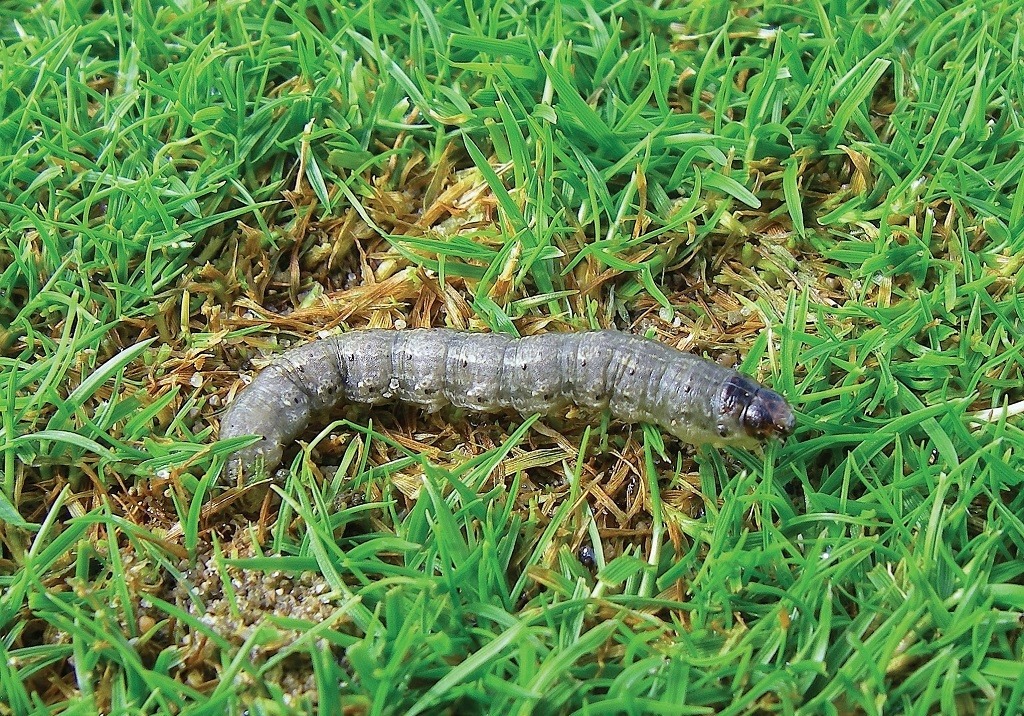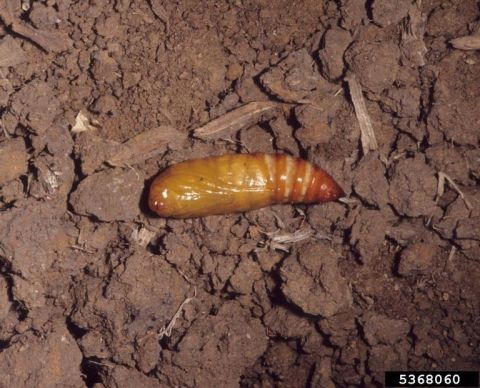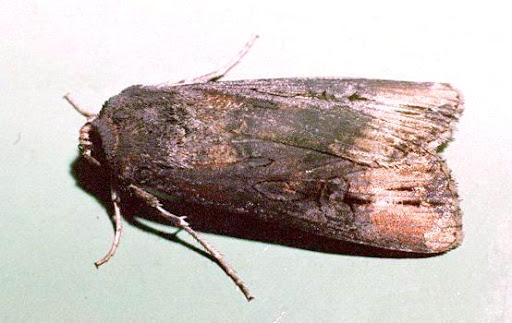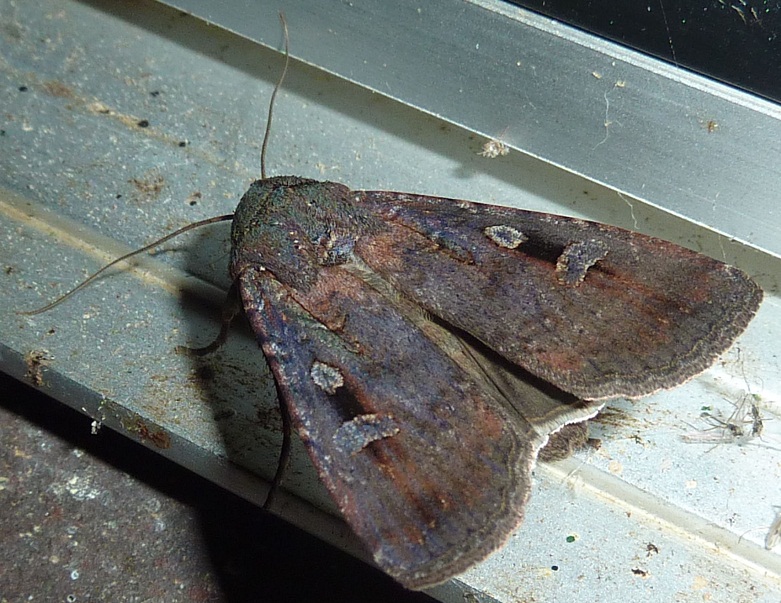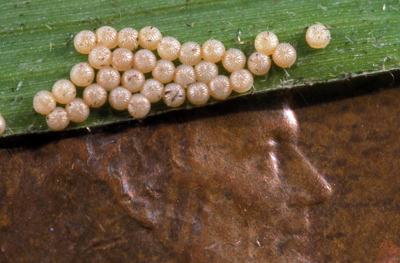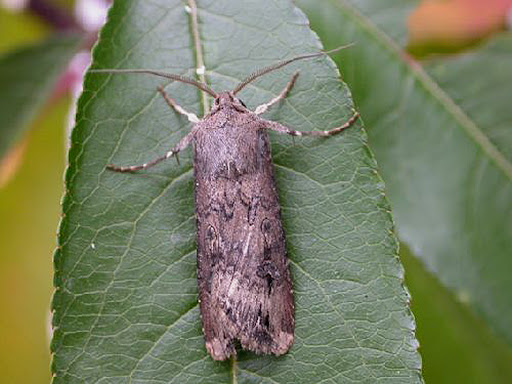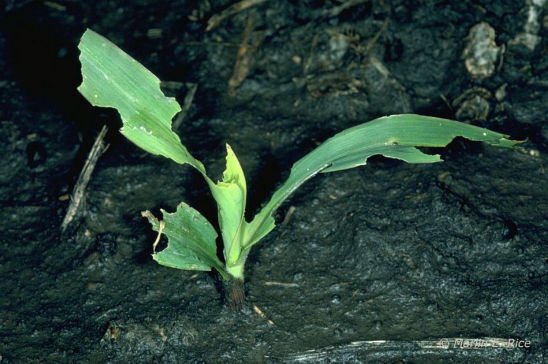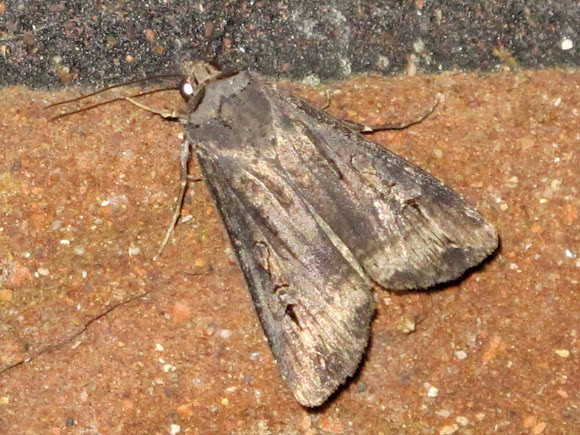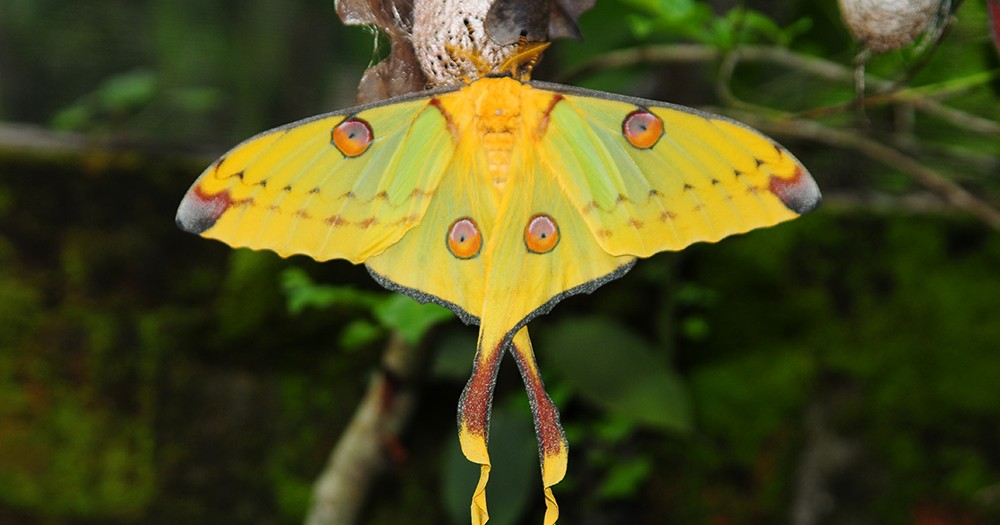Black Cutworm Moth (Agrotis ipsilon)
Black cutworm of the owlet moth family has an extensive distribution occupying parts of Asia, Europe, the United States, Australia, and New Zealand. The larvae have an ill reputation of cutting through plants and crops, causing immense damage to them, thus rightly called ‘cutworm.’
pestnet.org
Scientific Classification
- Family: Noctuidae
- Genus: Agrotis
- Scientific Name: Agrotis ipsilon
Description and Identification
Caterpillar
The larvae’s color varies from grayish-brown to light gray or even black. Some species might have a light brown coloration in their ventral region. At the same time, the dorsal band remains completely absent in them. Their body has many granules, while several dark spots cover their head. The entire larval stage goes between five and nine instars, with the caterpillar growing 3.5 – 5.cm long.
In certain parts of the United States, they are known to be a serious pest of corns, besides tobacco, sugar beet, potato, tomato, sunflower, maize, and cotton.
Adult Moth
Sexual Dimorphism: Not prominent
Color and Appearance
Forewings
They are grayish-brown with black zigzag lines looking like a dagger on each wing’s outer edge.
Hindwings
They are whitish or grayish, with dark veins intersecting them.
Average Wingspan: 3.81 cm
Flight Pattern: Consistent
Season: February – June
Egg
The spherical-shaped eggs flattened at the base are white in the beginning turning brown eventually as they mature. The eggs also have about 40 long and short ribs arranged alternately, radiating from their body’s uppermost point. The females lay them on leaves mostly in clusters, with the phase lasting between three and six days.
Quick Facts
| Other Names | Dark sword grass, ipsilon dart, greasy cutworm, floodplain cutworm, black cutworm |
| Distribution | Southern parts of Canada, Mexico, South and Central America, New Zealand, Australia, Europe, Asia, North Africa |
| Habitat | Home gardens, fields, forests, and every other place where its host plants grow |
| Predators | Wasp species like the Meteorus leviventris, flies, ant species like the turfgrass ant, and ground beetles |
| Lifespan of adults | About two weeks |
| Host Plants | Weeds like curled dock, bluegrass, yellow rocket, redroot pigweed, lambsquarters; crops such as alfalfa, rice, cotton, clover, strawberry, sorghum, tobacco, sugarbeet |
| Adult Diet | Nectar of flowers and also lilac, crabapple, wild plum, linden |
Did You Know
- They are seasonal migrants, traveling north and south in spring and fall.
- Their scientific name ‘ipsilon’ is derived from the Greek word upsilon, translating to the letter ‘y’. That is how the shape of the black markings on their forewing appears.
Scientific Classification
- Family: Noctuidae
- Genus: Agrotis
- Scientific Name: Agrotis ipsilon

